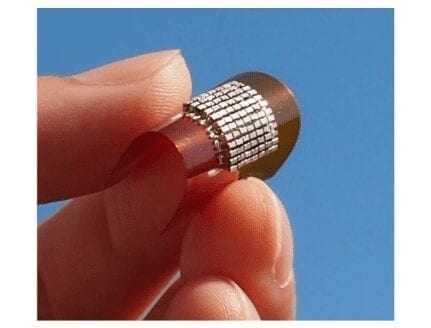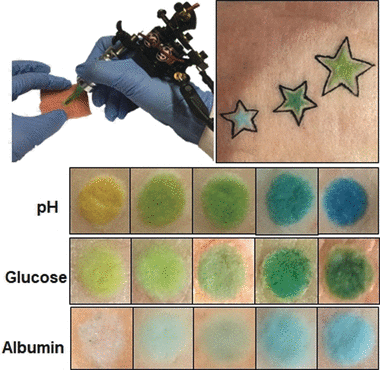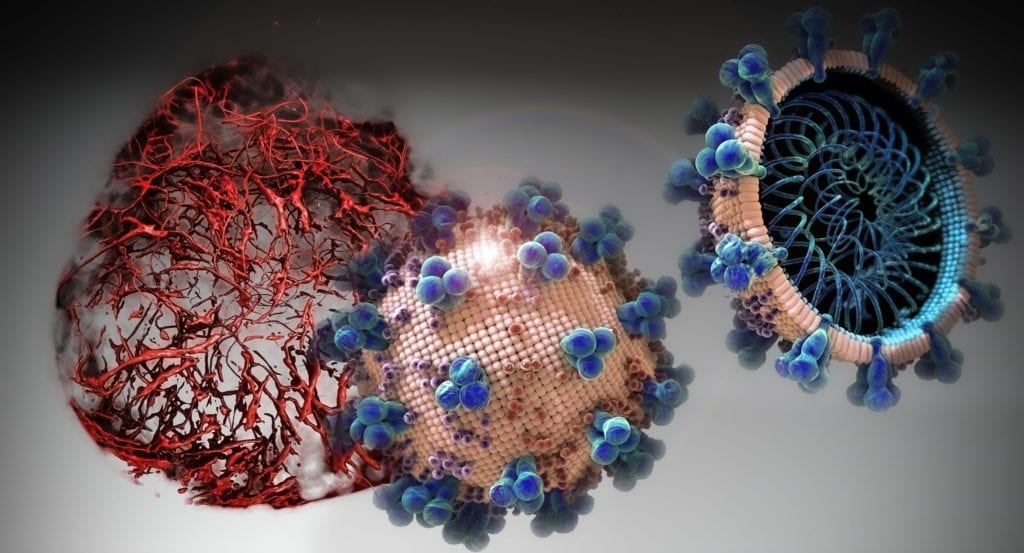This image shows the external appearance of the developed compact, ultra-lightweight flexible thermoelectric conversion device.
Interconnected healthcare and many other future applications will require internet connectivity between billions of sensors. The devices that will enable these applications must be small, flexible, reliable, and environmentally sustainable. Researchers must develop new tools beyond batteries to power these devices, because continually replacing batteries is difficult and expensive.
In a study published in Advanced Materials Technologies, researchers from Osaka University have revealed how the thermoelectric effect, or converting temperature differences into electricity, can be optimally used to power small, flexible devices. Their study has shown why thermoelectric device performance to date has not yet reached its full potential.
Thermoelectric power generators have many advantages. For example, they are self-sustaining and self-powered, have no moving parts, and are stable and reliable. Solar power and vibrational power do not have all of these advantages. Aviation and many other industries use the thermoelectric effect. However, applications to thin, flexible displays are in their infancy.
Many researchers have optimized device performance solely from the standpoint of the thermoelectric materials themselves. “Our approach is to also study the electrical contact, or the switch that turns the device on and off,” explains Tohru Sugahara, corresponding author of the study. “The efficiency of any device critically depends on the contact resistance.”
In their study, the researchers used advanced engineering to make a bismuth telluride semiconductor on a 0.4-gram, 100-square-millimeter flexible, thin polymer film. This device weighs less than a paperclip, and is smaller than the size of an adult fingernail. The researchers obtained a maximum output power density of 185 milliwatts per square centimeter. “The output power meets standard specifications for portable and wearable sensors,” says Sugahara.
However, approximately 40% of the possible output power from the device was lost because of contact resistance. In the words of Sugahara: “Clearly, researchers should focus on improving the thermal and electrical contact resistance to improve power output even further.”
Japan’s Society 5.0 initiative, aimed at helping everyone live and work together, proposes that the entirety of society will become digitalized. Such a future requires efficient ways to interconnect our devices. Technological insights, such as those by Ekubaru, co-lead author, and Sugahara, are necessary to make this dream a reality.
The Latest Updates from Bing News & Google News
Go deeper with Bing News on:
Thermoelectric power generators
- Mexico election 2024: What the manifestos say on energy and climate change
Mexican citizens will go to the polls on 2 June 2024 to elect a new president, a new legislature and thousands of other local government officials.
- Extreme Weather Preparedness: Scalable Power Generation
Help customers stay resilient with clean propane power generation. Power outages caused by extreme weather events continue to cause environmental and economic stress throughout the country. Because of ...
- Colombia Nears Resumption Of Electricity Sales To Ecuador
Colombia said Monday it was close to resuming electricity sales to neighbor Ecuador after being forced to halt exports as its hydropower plants reach near-critical levels due to a biting regional ...
- NASA manages to fix Voyager's garbled data problem, even though it's more than 15 billion miles away
Powered by a radioisotope thermoelectric generator (RTG), it continued to send back data ... At some point in the next few years, the RTG will no longer have sufficient radioactivity to power the ...
- From Nuclear Shadows To Celestial Rays: Navigating The Evolution Of Power – Unravelling The Pioneering Visions
Ever imagined charging your phone just by being outdoors? Welcome to the future of wireless power, not just on Earth but extending into the vastness of space!
Go deeper with Google Headlines on:
Thermoelectric power generators
[google_news title=”” keyword=”thermoelectric power generators” num_posts=”5″ blurb_length=”0″ show_thumb=”left”]
Go deeper with Bing News on:
Thermoelectric powered sensors
- PETLIBRO Unveils Polar, First-Of-Its-Kind Refrigerated Wet Food Feeder
PETLIBRO, a leading global pet tech brand that is transforming the pet tech market by incorporating sleek and seamless design, and cutting-edge technology into their products, has unveiled Polar Wet ...
- NASA manages to fix Voyager's garbled data problem, even though it's more than 15 billion miles away
Instead of information about its status and what various sensors were recording ... before heading off out into the unknown. Powered by a radioisotope thermoelectric generator (RTG), it continued to ...
- Smart Insulating Material Developed for Real-Time Detection of Thermal Runaway in Batteries
Professor Im Sang-hyuk’s group of the Department of Chemical and Biological Engineering developed a porous thermoelectric material featuring excellent insulation performance combined with energy ...
- Ion thermoelectric conversion devices for near room temperature
The electrode sheet of a thermoelectric device consists of ionic hydrogel, which is sandwiched between the electrodes to form, and the Prussian blue on the electrode undergoes a redox reaction to ...
Go deeper with Google Headlines on:
Thermoelectric powered sensors
[google_news title=”” keyword=”thermoelectric powered sensors” num_posts=”5″ blurb_length=”0″ show_thumb=”left”]











